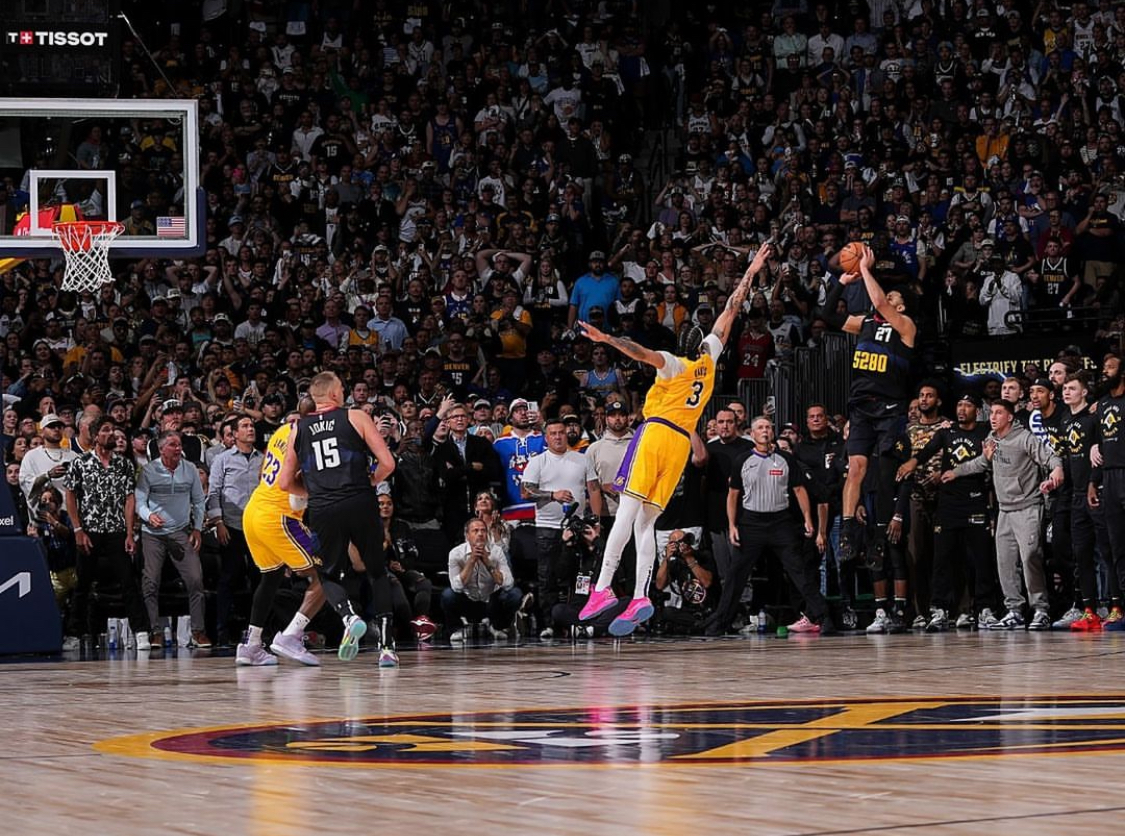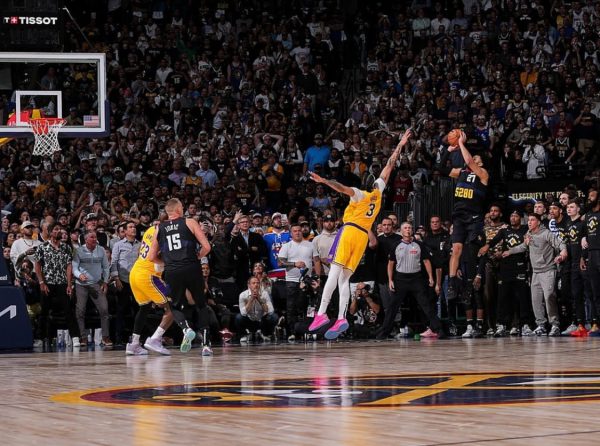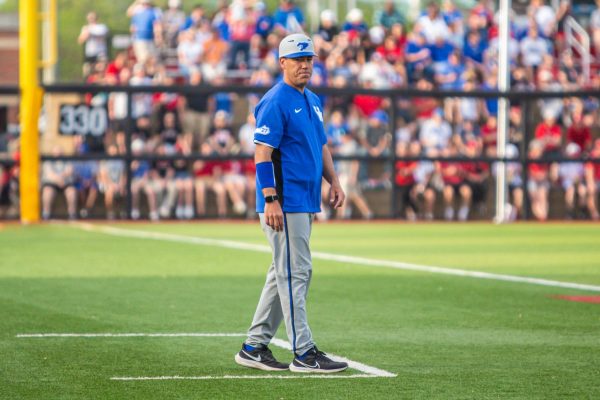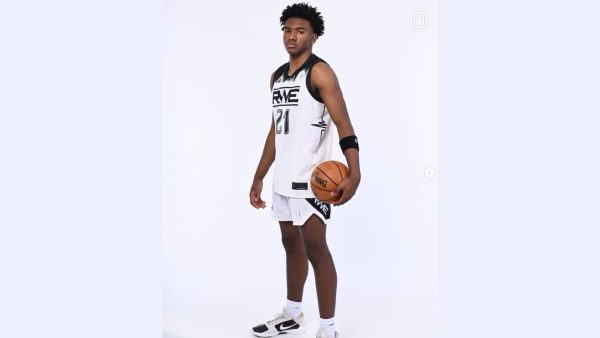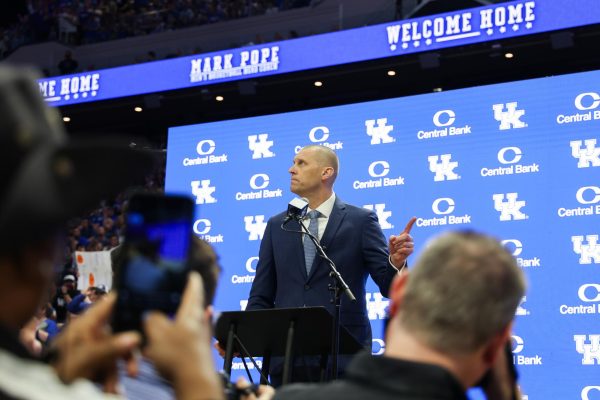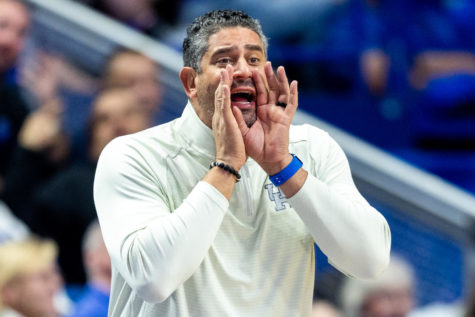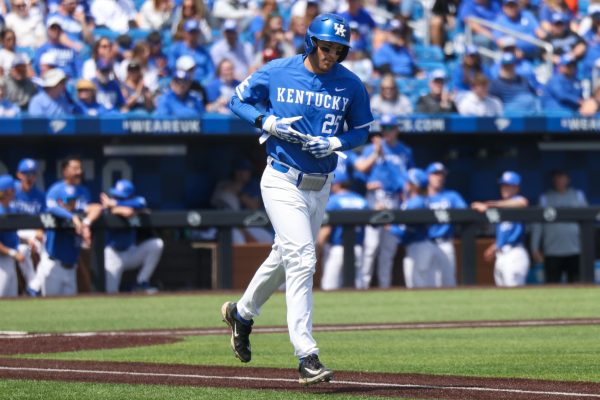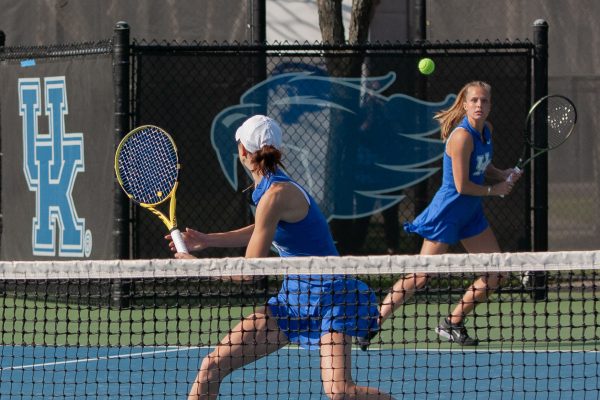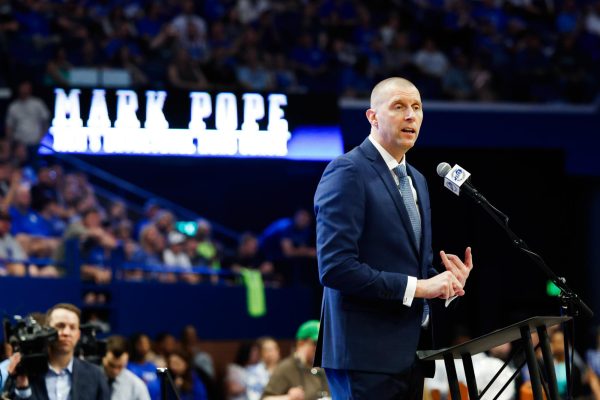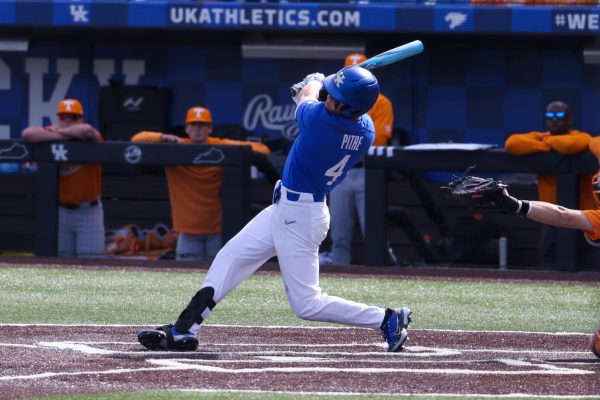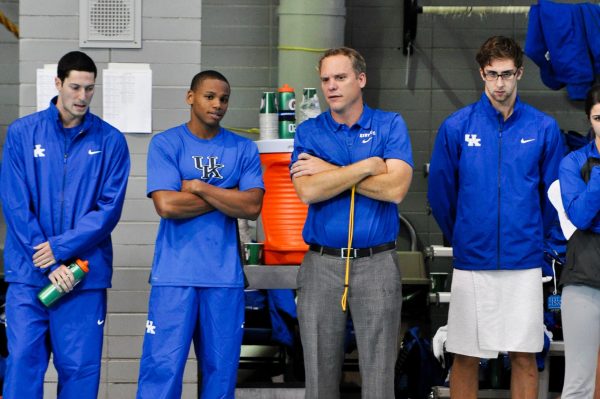Keeneland more than tailgating
October 10, 2008
For many college students, the opening of live racing at Keeneland last Friday meant an opportunity to dress up and tailgate. Once the gates opened, the crowds poured in, and the party continued inside Lexington’s historic racetrack.
Between beers and Bloody Marys, you might notice the thoroughbreds running races throughout the day. Keeneland offers more than just the tailgate. So, if you’re a beginner who wants to know a little more about betting or a handicapper who wants a few more tips, read on for explanations and insights for betting.
Essentially, you can use two methods when betting: hunch betting and handicapping. Beginners use hunch betting. You might like the color or number of the horse, or better yet, you might like the name (Panty Raid recently retired, so you can’t bet on her anymore). Handicapping involves a little more thought and study. Handicappers study winning percentages, past races and a Seattle Slew of statistics to make their decisions.
Playing the odds
Before the races begin, Keeneland’s handicapper, Mike Battaglia, determines the likelihood a horse will win a race. Called the morning line, these odds are published in Keeneland’s program, the Daily Racing Form and various websites. The horse with the lowest odds (2/1 or 5/2) is the favorite in the race, and horses with high odds (20/1) are considered long shots. The public’s betting tendencies change the morning line odds, so the odds you see on the tote board are the public odds.
The public odds determine the payout when the horses finish: lower odds mean a lower payout, and higher odds mean bigger money.
Got it? But how do odds help you win?
Handicapper Kevin Strong uses North American horse racing statistics in determining profitable bets. According to the statistics, “public betting favorites win approximately 33 percent of all races and finish second 53 percent of the time. Second choices win approximately 21 percent of all races and finish second 42 percent of the time. So the top two choices win 54 percent of the races and finish second 74 percent of the time.â€
So, watch the public odds. If you notice a horse’s odds dropping drastically right before a race, you might want to bet on it because someone knows something you don’t.
Good Jockeys
NFL fans know Tom Brady; MLB fans know Josh Beckett. Such is the same for horse racing fans — they know jockeys.
Good jockeys make the difference in races with inexperienced horses and they give an edge in races with long distances because they know how to save a horse until the stretch. Also, good jockeys like Robby Albarado or Rafael Bejarano usually get their choice of mounts, so the horse they are riding is likely to be a good one.
You can find a jockey’s winning percentage in the program. According to Strong, “Jockeys who win at a clip of 15-20 percent are worth a second look, but jockeys who win at a clip of 20 percent or better can be like money in the bank in the right situation.â€
Jockey-Trainer Combos
Also included in the programs are jockey-trainer winning percentages. These explain how many times a jockey wins when he rides a certain trainer’s horse. Understand that trainers prepare horses in different ways. Jockeys must be aware of how a horse is prepared to run, and certain combinations of jockeys and trainers are very successful.
Kentucky Derby winner Kent Desormeaux has good success with hall of fame trainer William I. Mot, and John Velazquez rides well on many of Todd Pletcher’s horses.
Admittedly, these tips only involve a fraction of all the information you could use in determining a good bet, but they are a good start for beginners who want more than tailgating at Keeneland. Remember never to bet more than you can afford to lose, and always try to leave enough money for one more drink at the end of the day — you might want to celebrate your winnings or wash down your losses.






































